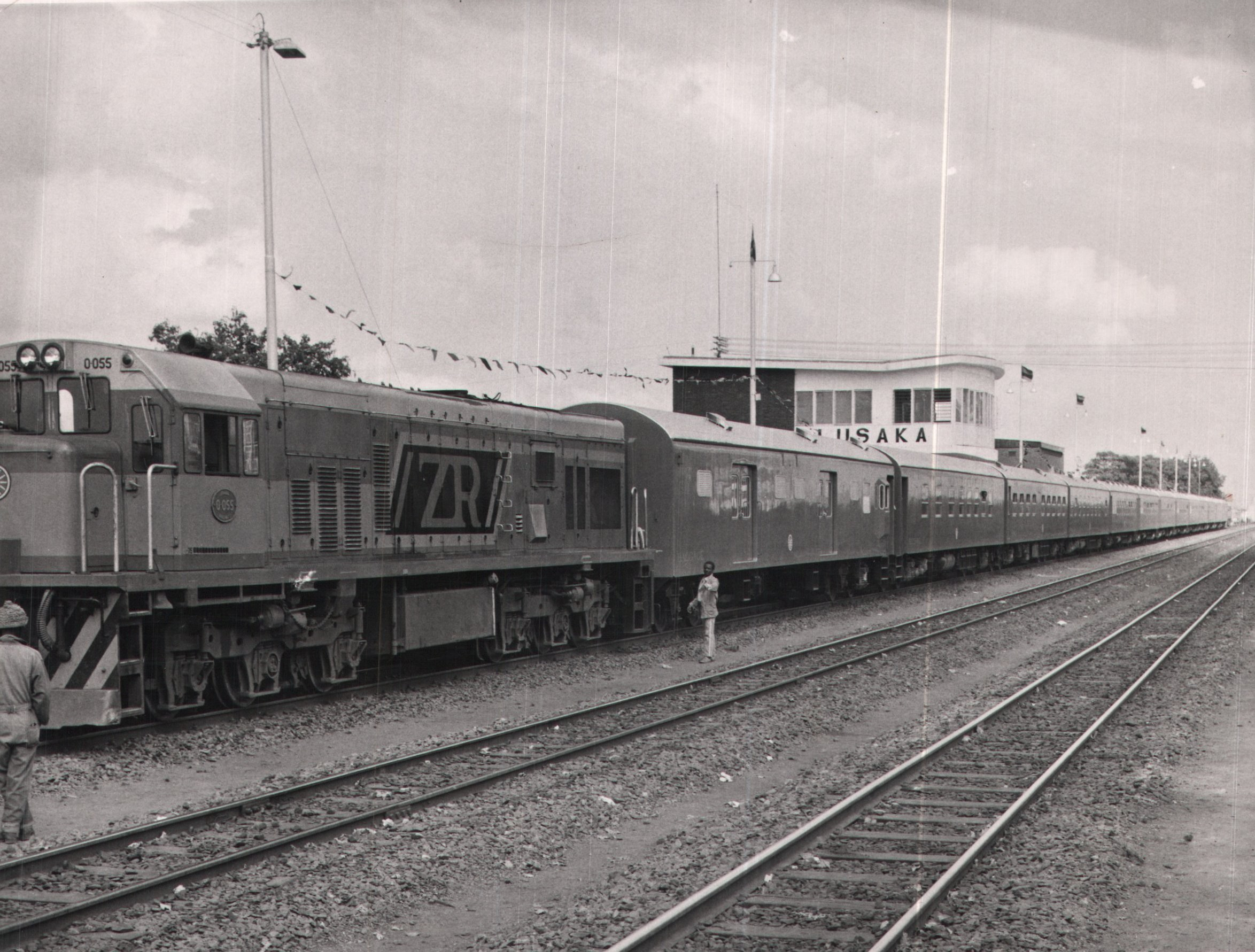Our previous topic dealt with the buildings of Lusaka. It attempted to show the diversity of what is meant by a building – whether unfinished, iconic or simply broken down. These buildings all touched on a certain characteristic of everyday life in Lusaka; it is as if they somehow mirrored the fears, aspirations and realities of the people they sheltered. Check out our posts and their captions for the past two weeks to find out more about this!
Our previous topic, as the topics before them, essentially dealt with the modern perception of everyday life in Lusaka; the photographs we have been using have for the most part been contemporary. This has been part of a deliberate effort to try and produce an alternative image of a contemporary and modern African city. However, we began to feel when dealing with the topic of buildings of Lusaka that such an effort has its own limits of understanding – it failed to historicise everyday life in Lusaka. It is for this reason that we have decided that our next topic for Everyday Lusaka is centred on historical photos.

Take for example the street map above – it shows Lusaka in 1954. If one were to look closely enough you’d notice the pre-independence street names and the designated labels for the ‘African suburb’ and ‘African clinic.’ The city of Lusaka today, although named differently and much more integrated, still possesses this basic urban blueprint. A modern street map of Lusaka would lose much of its depth and peculiarity if it were not put in context of the map above. Such is the importance of history – it provides context and deeper understanding to the everyday around us.

Many of the images that we will be sharing for the next two weeks are from the National Archives of Zambia (NAZ). As it is a state archive it is filled with pictures of public events and projects, with pictures that the Zambian government (of both past and present) found useful. Therefore, pictures of infrastructure, important personages and political events occupy a large portion of this archive. Take for example the pictures above and below – one of a new passenger train and another of President Kaunda.

Thus, in this theme we are only telling one version of Zambian history – the history that the Zambian government would like us to remember, that of successful infrastructure projects or of the personality cult that surrounds Kaunda. There are of course different histories of Zambia, of economic stagnation and poverty among other social ills, as well as the countless other personal and social histories we are all apart of. We cannot address those issues within this topic, but we hope that you can perhaps think of Zambia and everyday life in Zambia with a bit more depth, as a society that is continuously changing and growing in a multitude of directions. These pictures are a step towards understanding that change.

Cairo Road from Woodgate House roof. Circa 1961. National Archives of Zambia.
Sebastian Moronell.


Definitions favour the ones who create them. In the same way, early pictures of African Nations taken by our own nations show the history we would like remembered. Parallels everywhere 😀